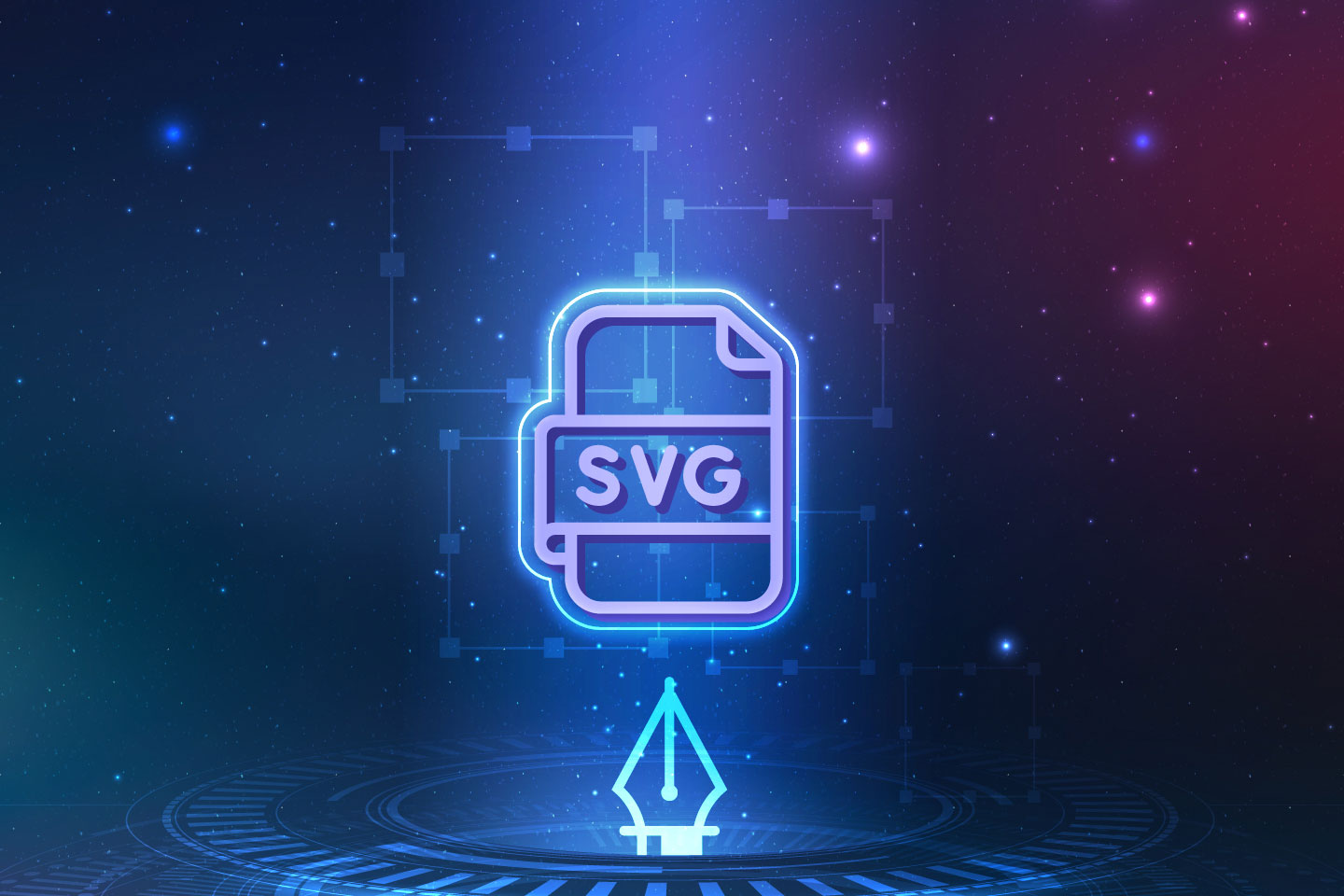
Understanding Spagic Dashboards and Their Role in Data Visualization
Spagic is an open-source SOA (Service-Oriented Architecture) and BPM (Business Process Management) middleware platform that supports complex business processes. It offers integration tools, workflow automation, and data management solutions, giving organizations a powerful way to coordinate multiple systems seamlessly. One of its core features includes dashboards that visualize business processes, monitor system performance, and display real-time data.
Dashboards play a crucial role in modern business intelligence by offering users a consolidated view of operations. They enable decision-makers to analyze trends, monitor workflow efficiency, and detect system anomalies at a glance. However, traditional dashboard visualizations often face challenges such as resolution limitations, lack of responsiveness, and performance inefficiencies when handling large datasets. As businesses demand more scalable, dynamic, and visually appealing dashboards, integrating scalable vector graphics (SVG) into Spagic dashboards presents a transformative solution.
By incorporating SVG icons, dashboards can achieve a higher level of clarity and adaptability, ensuring that visual elements remain sharp and responsive across different screen sizes and resolutions. These icons not only enhance readability but also allow for interactive elements that improve user engagement and usability.
Introduction to Scalable Vector Graphics (SVG)
Scalable Vector Graphics (SVG) uses an XML-based format to define two-dimensional graphics. Unlike raster images such as PNG or JPEG, SVGs maintain clarity and sharpness on any screen size, making them ideal for dashboard visualization. Because SVGs rely on vector paths instead of pixel-based grids, they scale infinitely while keeping graphics crisp and detailed across different devices.
SVG also supports interactivity, which sets it apart from static image formats. Developers can manipulate SVG elements with JavaScript and CSS to create responsive and animated dashboard components. They can highlight key data points, trigger animations based on real-time inputs, and make data visualization more engaging, which significantly improves the dashboard experience.
Compared to traditional image formats, SVGs deliver better performance. Their text-based structure eliminates the need for large pixel-based files, allowing dashboards to load faster and use less memory. Developers can also edit SVG files directly with basic text editors, making it easier to modify and optimize graphical elements within a Spagic dashboard.
Benefits of Using SVG in Spagic Dashboards
Integrating SVG graphics into Spagic dashboards offers several advantages. Scalability is one of its most compelling benefits, ensuring that graphics remain visually consistent across different screen resolutions. This is particularly important for business dashboards that need to adapt to various display environments, from desktop monitors to mobile devices.
Another advantage is performance efficiency. Unlike bitmap images, which require large amounts of storage and processing power, SVGs are lightweight and highly optimized for web applications. This results in faster load times and a smoother user experience, especially when handling complex visualizations.
SVG also brings a new level of interactivity to Spagic dashboards. By using JavaScript, developers can create dynamic, data-driven graphics that update in real time. For instance, charts can animate as data changes, status indicators can change color based on performance metrics, and clickable elements can reveal additional details when hovered over.
Additionally, SVG graphics can be easily customized using CSS. This allows developers to apply styles, transitions, and transformations directly within the dashboard interface. Cross-browser compatibility further enhances the usability of SVGs, as they are natively supported by all modern web browsers, ensuring a consistent experience for users.
Implementing SVG in Spagic Dashboards
To integrate SVG elements into Spagic dashboards, developers can follow several approaches. One method is to create custom SVG components for data visualization, such as charts, icons, and status indicators that dynamically display relevant data. Using tools like Adobe Illustrator or open-source SVG editors, developers can design scalable graphics that seamlessly integrate into Spagic dashboards while ensuring clarity and responsiveness.
Before embedding SVG graphics, it is essential to have a solid understanding of Spagic architecture and core components. This ensures that SVG elements align with Spagic’s workflow, data integration processes, and overall system structure, optimizing dashboard performance.
Embedding SVG into Spagic can be done using inline <svg> tags or by loading external SVG files. Inline SVGs allow for direct control and styling within the dashboard, whereas external files provide modularity and reusability across multiple components. Once embedded, SVG elements can be linked to real-time data sources, enabling dynamic updates that enhance dashboard interactivity.
For example, a real-time network monitoring dashboard can utilize SVG elements to represent various network nodes. By binding these elements to Spagic API data, the dashboard visually updates as network conditions change, providing instant insights into system performance and improving operational efficiency.
Enhancing SVG Graphics with JavaScript and CSS in Spagic
JavaScript plays a vital role in bringing SVG graphics to life within Spagic dashboards. Developers can use JavaScript to manipulate SVG elements dynamically, changing colors, sizes, and animations based on data changes. This is particularly useful for dashboards that require real-time updates, such as performance monitoring tools.
Interactivity can also be enhanced by using event listeners. For example, users can interact with dashboard elements by clicking on SVG-based icons to reveal additional data. Hover effects, tooltips, and transitions can be added using CSS, creating a more immersive and user-friendly dashboard experience.
Styling SVG elements using CSS offers a seamless way to customize dashboard aesthetics. Developers can modify stroke widths, adjust colors based on predefined thresholds, and apply animations to improve visual engagement. This level of customization ensures that Spagic dashboards are not only functional but also visually appealing.
Best Practices for Optimizing SVG Graphics in Spagic Dashboards
To maximize the benefits of SVG integration, developers should focus on optimization strategies. Reducing SVG file sizes by removing unnecessary metadata and using compression tools helps improve performance. Keeping SVG structures clean and minimizing the number of complex paths ensures that dashboards load quickly and run efficiently.
Ensuring accessibility is another critical aspect. Adding aria-labels and title attributes to SVG elements improves screen reader compatibility, making dashboards more inclusive. Maintaining high-contrast visuals enhances readability, ensuring that all users can effectively interpret graphical data.
Cross-platform testing is essential to guarantee a consistent experience across different devices and browsers. Avoiding proprietary SVG features and adhering to web standards helps prevent rendering issues that may arise in certain environments.
Real-World Use Cases of SVG in Spagic Dashboards
The application of SVG in Spagic dashboards spans multiple industries. IT infrastructure monitoring can benefit from SVG-based network topology visualizations, where real-time status indicators update dynamically. In supply chain management, dashboards can display warehouse and logistics data using interactive SVG elements that visualize shipments and inventory levels.
Business intelligence dashboards also gain from SVG integration, as data trends can be represented through interactive charts and graphs. In the IoT sector, connected devices can be monitored using animated SVG representations, allowing businesses to track sensor data and operational performance in real time.
The Future of SVG in Data Visualization
As data visualization continues to evolve, SVG is set to play a significant role in shaping the future of interactive dashboards. Emerging technologies like WebGL and D3.js are enhancing SVG capabilities, allowing for more complex and immersive visualizations. AI-driven SVG generation is another promising development, where automated dashboards can generate custom graphics based on user interactions and data patterns.
Augmented reality (AR) and virtual reality (VR) are also expanding the potential of SVG in digital interfaces. Future Spagic dashboards could integrate 3D-rendered SVG elements that provide deeper insights through spatial visualizations. As businesses demand more dynamic and scalable solutions, SVG is likely to remain a key technology in modern data representation.
Transforming Spagic Dashboards with Scalable SVG Graphics
SVG graphics bring a wealth of benefits to Spagic dashboards, enhancing scalability, performance, and interactivity. By leveraging SVG’s lightweight structure, dynamic manipulation capabilities, and cross-platform compatibility, developers can create dashboards that are both visually compelling and highly functional.
For businesses seeking to improve data visualization and user engagement, adopting SVG in Spagic dashboards presents a forward-thinking approach. With the continuous advancement of web technologies, the integration of scalable graphics is set to become an indispensable part of modern dashboard design. Those looking to optimize their business intelligence tools should explore the power of SVG and its potential to transform the way data is represented and interpreted.

